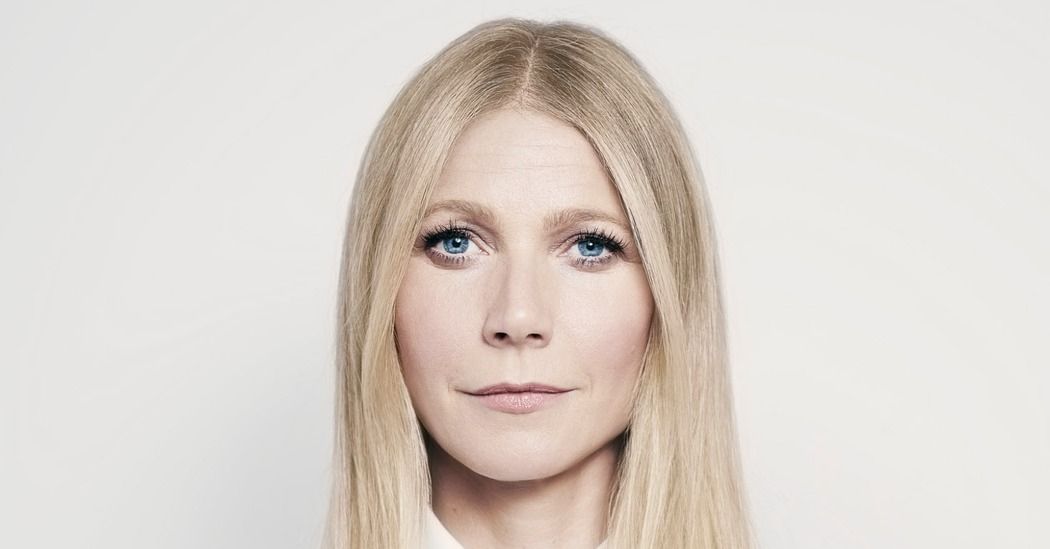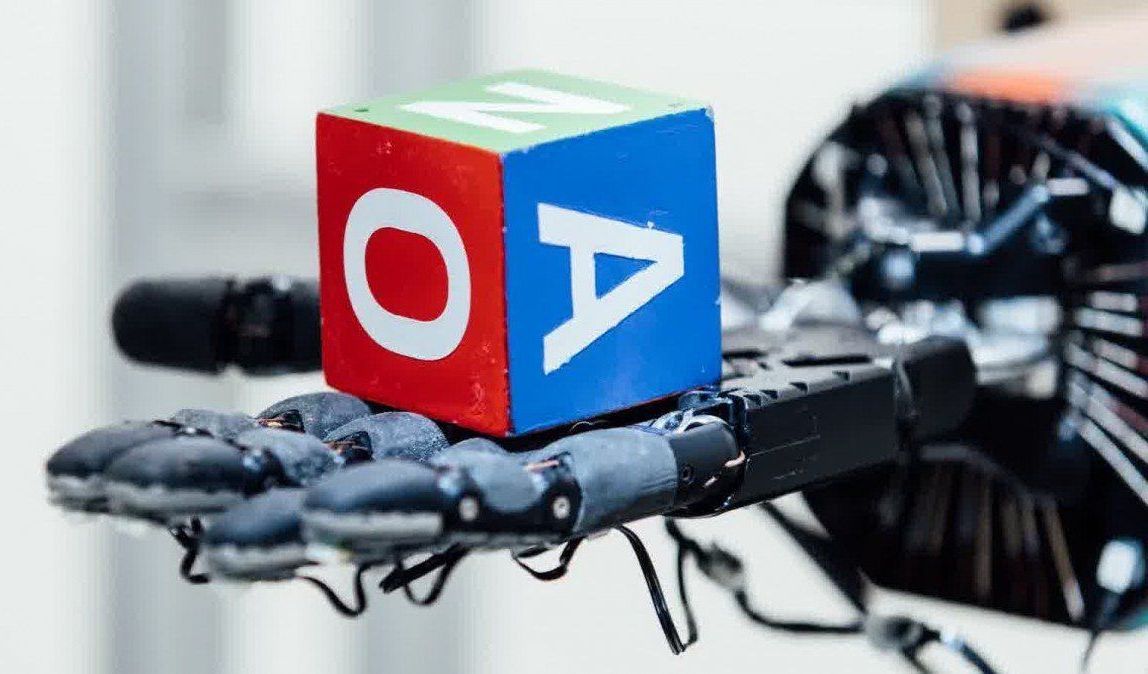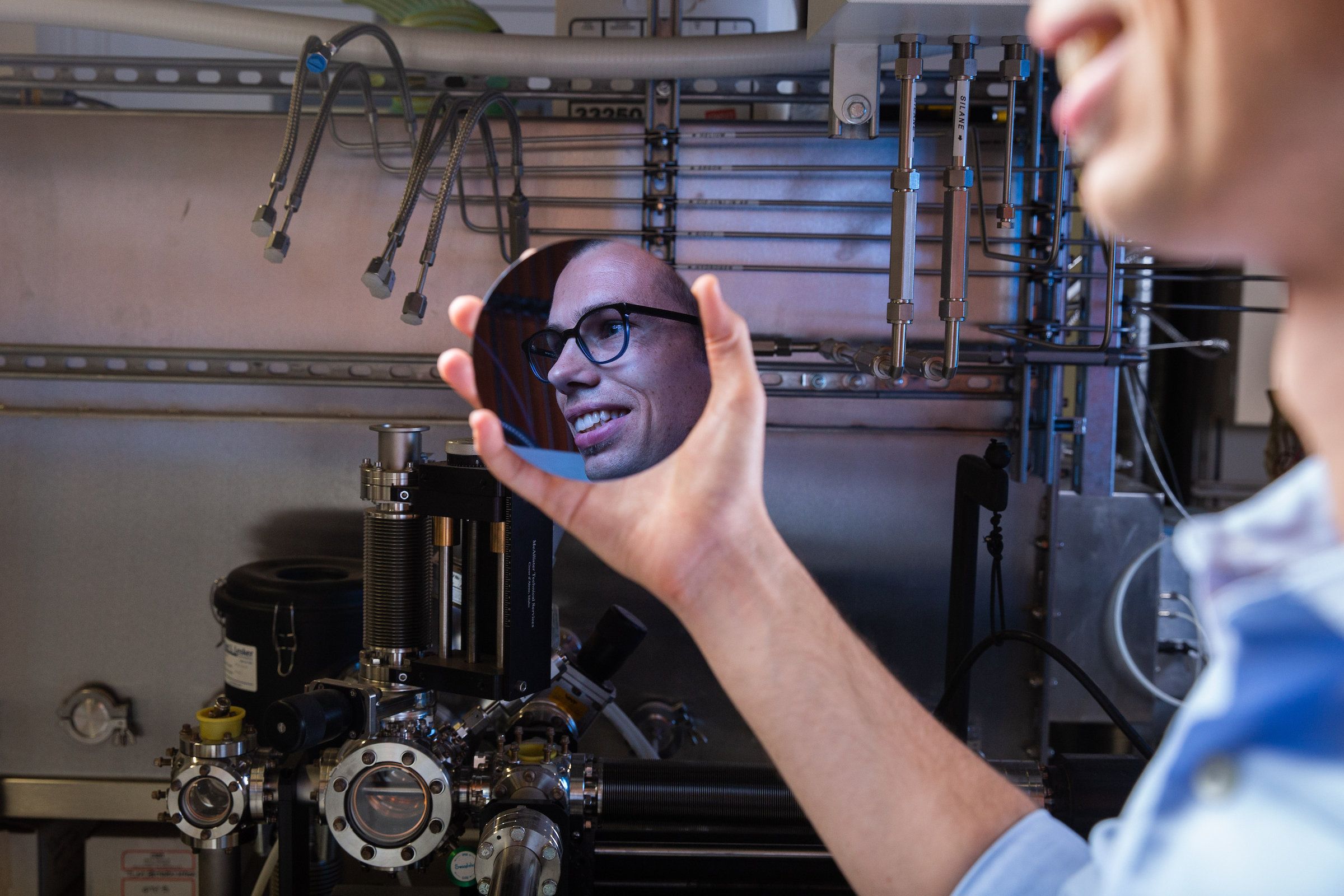A discussion about why life extension isn’t selfish.
The topic of life extension is much more debated these days than before. As a result, more people who are not in the field talk about it, and they don’t always do so in praising terms. Articles written by outsiders tend to be conservative at best and fear-mongering at worst, mainly focusing on the potential downsides of life-extending technologies without paying much attention, if any, to the benefits, as if there weren’t any to begin with.
One accusation that is often thrown at life extensionists is that they would be selfish for wanting to extend their lives. It is all too easy to say that all that life extensionists think about is their own benefit while disregarding the common good, but it’s not too difficult to see how this is entirely wrong.
Life extension is about eliminating the suffering caused by the diseases of old age, and at this stage, it is not clear who will actually make it to a world where these diseases are under control; many of today’s rejuvenation advocates might simply die before the world they are trying to build will come into being. I am not trying to say that all rejuvenation advocates do what they do only for others’ sake, because that would not be true, but the opposite claim—that all advocates of life extension are such only for exquisitely selfish reasons—is quite a stretch, to the point of slander. It is no different from claiming that all women’s rights advocates who happen to be women only care about this cause for their own benefit and not at all for their fellow women, and it is equally outrageous.








